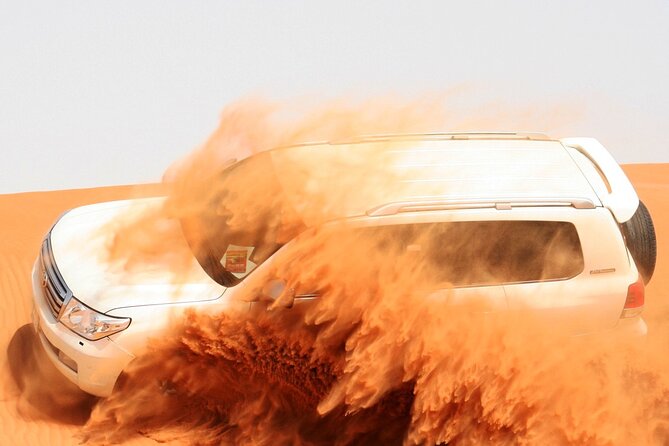10 Solar Eclipse Facts | Stages, Length of Time & More
A solar eclipse is simply an event where the Moon passes in front of the Sun, obscuring the Sun’s light from reaching us. This can either block the light partially, or fully, which creates what’s known as a total solar eclipse. The last total solar eclipse was in 2017 in the US, however it has been a lot longer for other countries (the UK for example hasn’t had a total solar eclipse since 1999).
So, there’s a difference between a partial solar eclipse and a total solar eclipse. But before we get into that, let’s look at some more interesting facts about a solar eclipse.
Solar Eclipse Facts
- The longest duration ever recorded of a total solar eclipse is approximately 7 and a half minutes.
- However, solar eclipses can be very short, and be gone within a few seconds.
- The shadow of a solar eclipse can travel at speeds of more than 5,000 kilometers per hour.
- There are between 2 and five solar eclipses around the world each year.
- However, a total solar eclipse occurs less frequently than this; the is one every 18 months or so.
- Many different religions believe that an eclipse is a sign. For example, in Islam, Muslims believe an eclipse to be a sign of Allah’s power.
- An eclipse can drop the temperature on Earth, anywhere between 5°c all the way up to 20°c.
- During a total eclipse, we can see the atmosphere of the Sun burning away. This is the only time we can see this clearly.
- In extreme cases, it is possible for a total solar eclipse to blind you permanently.
- Although the Sun is blocked out by our moon, we can still see some of the planets during a total solar eclipse.
Solar Eclipse Stages
As the moon moves in front of the Sun, it goes through different stages during a total solar eclipse. It starts with a partial eclipse, which is when the eclipse looks a little bit like Pac Man. It then progresses to a annular eclipse, where it completely covers the Sun, and only the Sun’s atmosphere (Corona) is observable.
When we can see the Sun’s edges around the moon, we refer to this as an annular eclipse – you can still see the edges of the Sun burning around the moon covering it. This is different from a total eclipse, where the moon completely covers the Sun.
After this, the moon continues past the moon, back into a partial eclipse again. We usually break these terms down into first, second, third and fourth contact. And before you know it, it’s all over! This can be as quick as a few seconds, or it can last several minutes.
Common Questions about Solar Eclipse
What is the Saros Cycle?
The Saros Cycle is a period of time (approximately 18 years, or 6585 days) we use to predict solar eclipses that are upcoming, as they repeat the same trend after this time – these eclipses are nearly identical to 18 years previous. The discovery has been known for thousands of years, and dates back to the Babylonians.
How dangerous are solar eclipses?
Looking directly at a solar eclipse can actually cause damage to your eyes. Essentially, the radiation from the Sun reaches your eyes, causing retinal burns which can be quite severe. This can happen during a partial eclipse, but you might not notice the damage until hours after.
Does a solar eclipse affect animals?
As you’d probably expect, a solar eclipse can have a dramatic effect on animals, as they begin to get confused at what is going on. This is probably easiest observed in nocturnal animals, which begin to go about their business like it’s the nighttime!
Can glasses protect my eyes during a solar eclipse?
You can actually buy special glasses which you can use to watch a solar eclipse. These glasses can block out the rays of the Sun, and prevent your eyes from getting damaged.
What is a lunar eclipse?
A solar eclipse is when the moon moved in front of the Sunlight. However, a lunar eclipse is when we move into the way of the Sun, blocking the light from reaching the moon, which stops the moon from being illuminated at night.
The Wrap Up
All in all, there are different forms of solar eclipse that happen quite regularly throughout time – they are not as rare as many people think they are. Be sure to keep your eyes protected if you’re planning to look at a solar eclipse, as they can cause permanent damage. However, they sure can be a breathtaking spectacle.




